Hong Kong is a red-wine city; over 80% of the wine consumed here is red. However, our weather, food and lifestyle are more of a match for white wine.
Cooking in Hong Kong, regardless of what cuisine or style, usually focuses on fresh ingredients, so the accompanying wine should not overpower the flavour of the food. White wine usually has fresh fruit aromas and a lighter body that complement the food we typically eat here. For example, aromatic white wines such as Gewürztraminer and Riesling pair especially well with Vietnamese and Thai dishes, where fragrant herbs are generously used.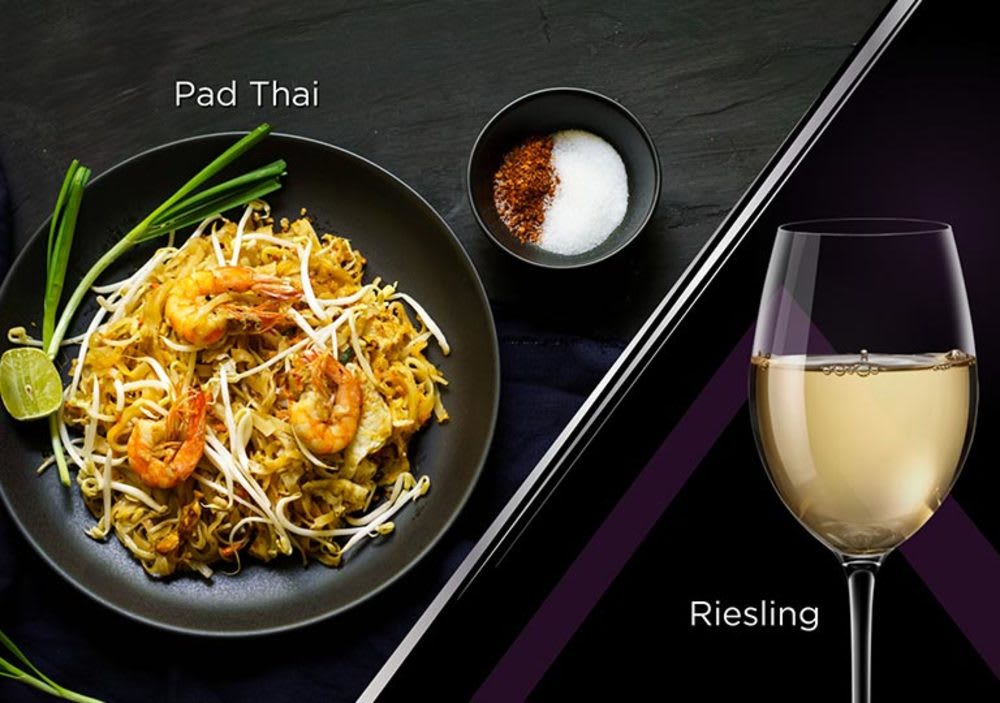
Some may think that white wine is one dimensional and simple, but this is miles away from the truth. With the clever use of oak and time spent on lees, white wine gains extra complexity that supports a diverse range of flavours. It is also more textural, with a rounder, creamier mouthfeel. This is perfect for Asian dinners where various dishes are served at the same time. Chardonnay, Chenin Blanc and Grüner Veltliner are just some of these versatile, food-friendly white wines. My Austrian friend once told me that in Austria, they even drink white wine with rich dishes like goulash and Wiener schnitzel. He joked that red wine is only for novices!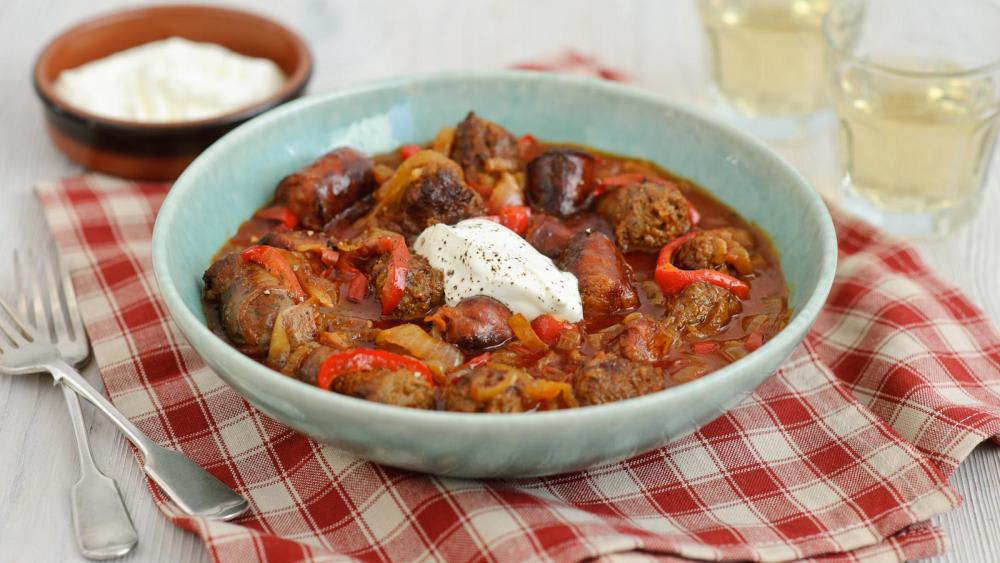
Those who prefer aged wine may argue that white wine lacks ageability. Red wine ages well because of tannin, which is its backbone, but white wine’s backbone is acidity. White wines with high acidity such as Riesling, Chenin Blanc and Furmint can age as gracefully as their red counterparts. Their multilayered bouquets and long aftertaste earn them rightful places at any Michelin-starred restaurant. What’s more, the acidity cuts through fat. A meal with heavy food and red wine may makes us feel tired, but white wine balances the oiliness in the food, making the meal more enjoyable. Most Italian native grape varietals also have crisp acidity.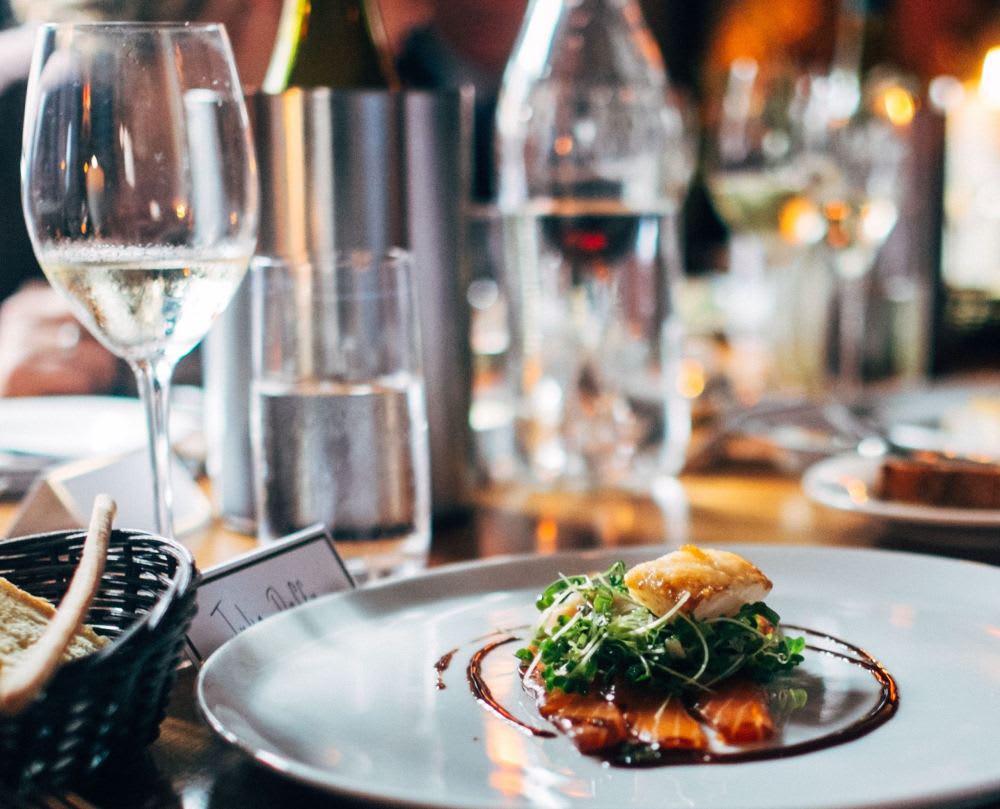
Conventionally, white grapes are pressed prior to fermentation. Some winemakers are now making skin-contact white wine by fermenting and maturing the wine on skin – just like making red wine. Also called amber wine or orange wine, it has a darker colour, is deeper in flavour, has equally delicate aromas and is tannic depending on the time spent on skin. This is a white wine with the texture and intensity of a red wine, and you will be surprised how well it goes with food, from dim sum to a piece of juicy steak.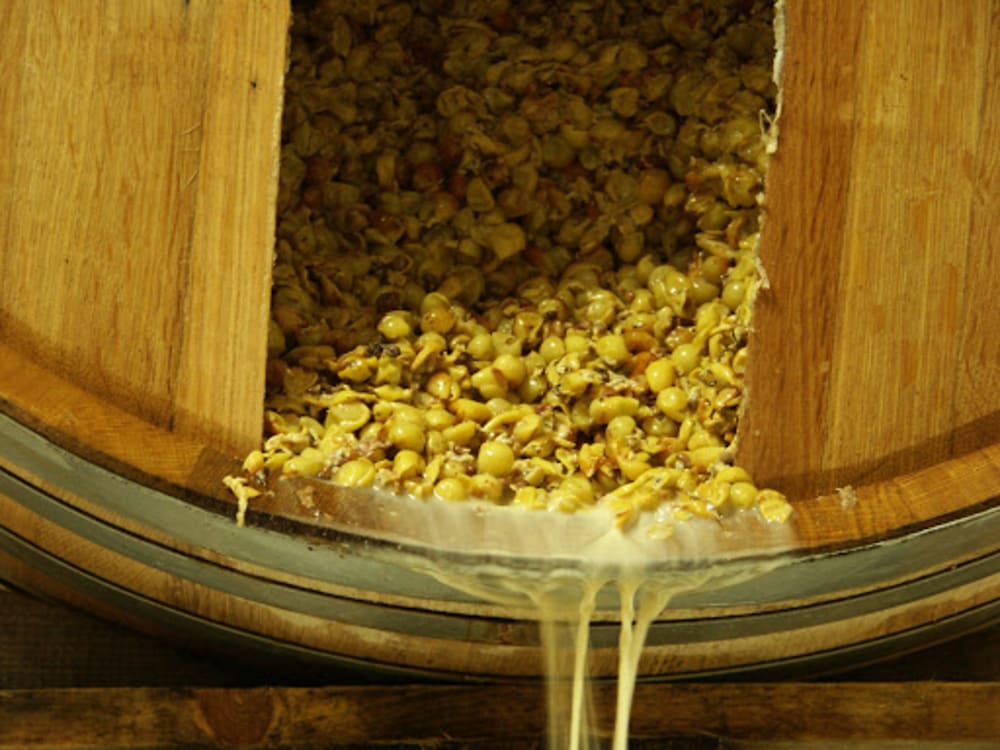
When ordering wine with a meal, people may argue that they don’t like to drink cold wine – white wine – with food. This makes me scratch my head as diners are often happy to have a soft drink or iced lemon tea with a meal! Actually, white wine is not supposed to be served as cold as beer. Young, fruity white wine is best chilled to around 8–10ºC, but richer white wine, including food-friendly wine, can be enjoyed at a slightly higher temperature of 10–12ºC.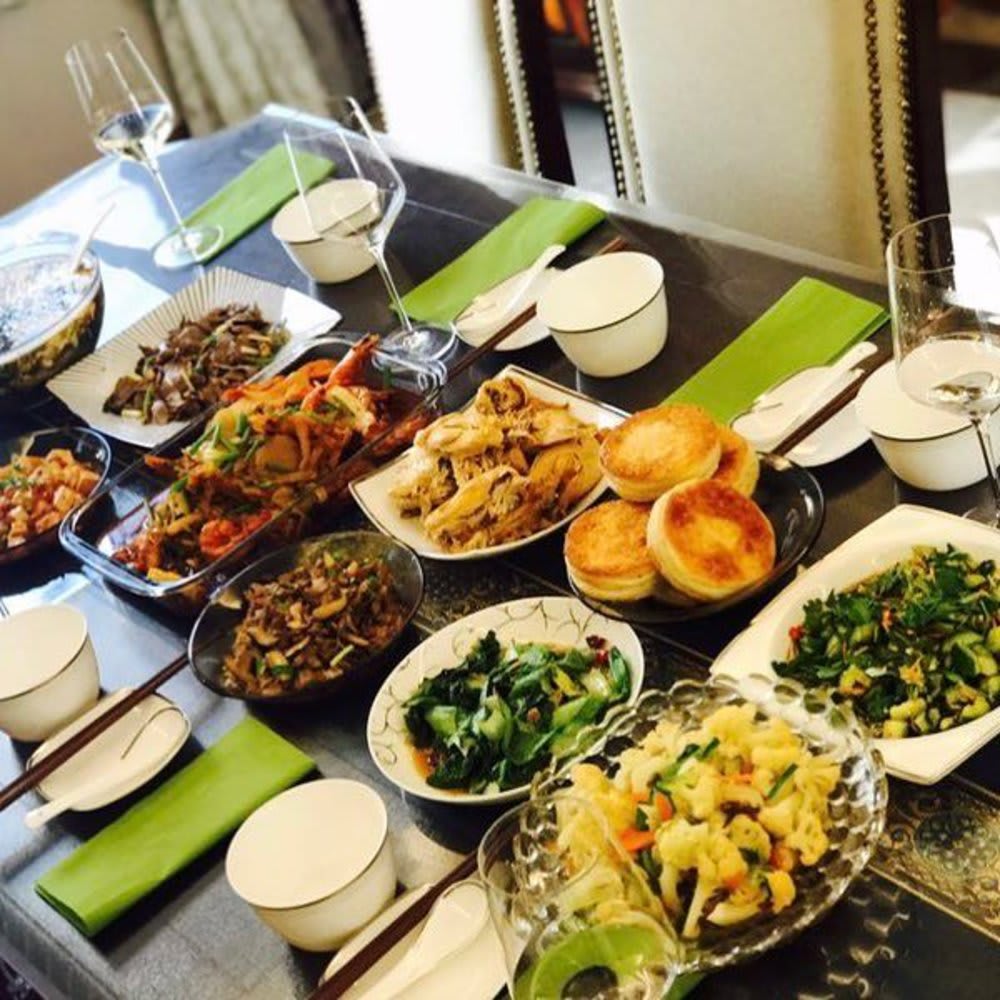
I’m not asking you to ditch red wine altogether. I also love red wine, especially on chilly evenings or late at night. Just give white wine a thought when you have dinner tonight...
For more wine articles like this, like Foodie on Facebook











